Filter by
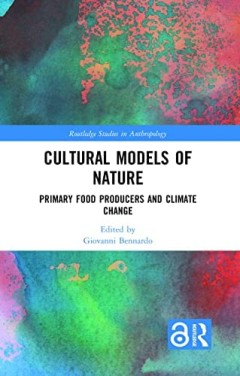
Cultural models of nature
Drawing on the ethnographic experience of the contributors, this volume explores the Cultural Models of Nature found in a range of food-producing communities located in climate-change affected areas. These Cultural Models represent specific organizations of the etic categories underlying the concept of Nature (i.e. plants, animals, the physical environment, the weather, humans, and the supernat…
- Edition
- -
- ISBN/ISSN
- 9781351127905
- Collation
- 394p. : ill.
- Series Title
- -
- Call Number
- 338.19 CUL c
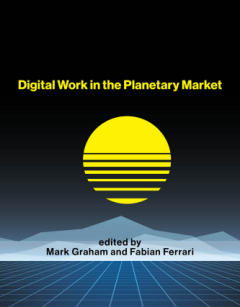
Digital work in the planetary market
Understanding the embedded and disembedded, material and immaterial, territorialized and deterritorialized natures of digital work. Many jobs today can be done from anywhere. Digital technology and widespread internet connectivity allow almost anyone, anywhere, to connect to anyone else to communicate and exchange files, data, video, and audio. In other words, work can be deterritorialized at a…
- Edition
- -
- ISBN/ISSN
- 9780262543767
- Collation
- viii, 356p. : ill
- Series Title
- -
- Call Number
- 306.36 DIG d
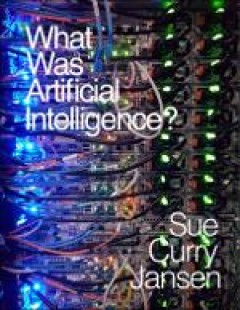
What was artificial intelligence?
When it was originally published in 2002, Sue Curry Jansen’s “What Was Artificial Intelligence?” attracted little notice. The long essay was published as a chapter in Jansen’s Critical Communication Theory, a book whose wisdom and erudition failed to register across the many fields it addressed. One explanation for the neglect, ironic and telling, is that Jansen’s sheer scope as an in…
- Edition
- -
- ISBN/ISSN
- 97819513990546
- Collation
- 37p.
- Series Title
- -
- Call Number
- 001.535 WHA
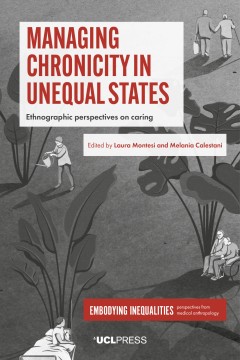
Managing chronicity in unequal states : ethnographic perspectives on caring
By portraying the circumstances of people living with chronic conditions in radically different contexts, from Alzheimer’s patients in the UK to homeless people with psychiatric disorders in India, Managing Chronicity in Unequal States offers glimpses of what dealing with medically complex conditions in stratified societies means. While in some places the state regulates and intrudes on the m…
- Edition
- -
- ISBN/ISSN
- 9781800080287
- Collation
- xxii, 275 p.
- Series Title
- -
- Call Number
- 362.1 MAN L
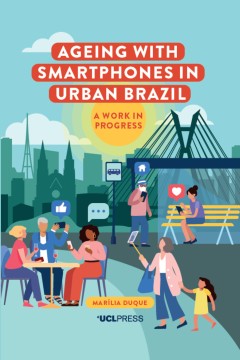
Ageing with smartphones in urban Brazil : a work in progress
With people living longer all over the world, ageing has been framed as a socio-economic problem. In Brazil, older people are expected to remain healthy and autonomous while actively participating in society. Based on ethnographic research in São Paulo, Ageing with Smartphones in Urban Brazil shows how older people in a middle-class neighbourhood conciliate these expectations with the freedom …
- Edition
- -
- ISBN/ISSN
- 9781787359963
- Collation
- x, 293 p. ill;
- Series Title
- -
- Call Number
- 303.4833 AGE M

MATERIAL CULTURE AND (FORCED) MIGRATION : materializing the transient
Material Culture and (Forced) Migration argues that materiality is a fundamental dimension of migration. During journeys of migration, people take things with them, or they lose, find and engage things along the way. Movements themselves are framed by objects such as borders, passports, tents, camp infrastructures, boats and mobile phones. This volume brings together chapters that are based on …
- Edition
- -
- ISBN/ISSN
- 9781800081604
- Collation
- xvii, 372 p. ill;
- Series Title
- -
- Call Number
- 304.8 MAT F
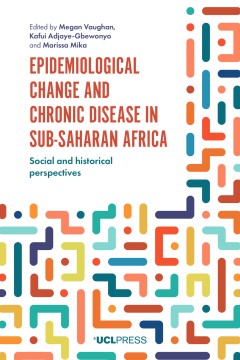
Epidemiological Change and Chronic Disease in Sub-Saharan Africa : Social and…
Epidemiological Change and Chronic Disease in Sub-Saharan Africa offers new and critical perspectives on the causes and consequences of recent epidemiological changes in sub-Saharan Africa, particularly on the increasing incidence of so-called ‘non-communicable’ and chronic conditions. Historians, social anthropologists, public health experts and social epidemiologists present important ins…
- Edition
- -
- ISBN/ISSN
- 9781787357044
- Collation
- xiii, 350p. ill;
- Series Title
- -
- Call Number
- 614.096 EPI M
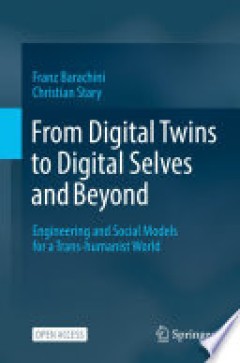
From Digital Twins to Digital Selves and Beyond Engineering and Social Model…
This open access book aims at deepening the understanding of the relation between cyber-physical systems (CPSs) as socio-technical systems and their digital representations with intertwined artificial intelligence (AI). The authors describe why it is crucial for digital selves to be able to develop emotional behavior and why a humanity-inspired AI is necessary so that humans and humanoids can c…
- Edition
- -
- ISBN/ISSN
- 9783030964122
- Collation
- XVIII, 127 p ; ill
- Series Title
- -
- Call Number
- 006.301 FRO F
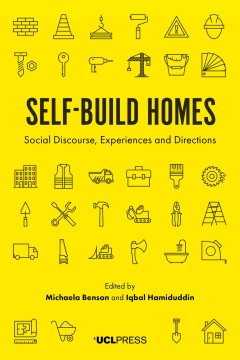
Self-build homes : social discourse, experiences and directions
Self-Build Homes connects the burgeoning interdisciplinary research on self-build with commentary from leading international figures in the self-build and wider housing sector. Through their focus on community, dwelling, home and identity, the chapters explore the various meanings of self-build housing, encouraging new directions for discussions about self-building and calling for the recogniti…
- Edition
- -
- ISBN/ISSN
- 9781911576877
- Collation
- xiii, 332 p. ill;
- Series Title
- -
- Call Number
- 338.47690809411 SEL M
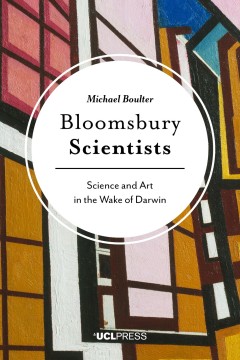
Bloomsbury scientists : science and art in the wake of Darwin
Bloomsbury Scientists is the story of the network of scientists and artists living in a square mile of London before and after the First World War. This inspired group of men and women viewed creativity and freedom as the driving force behind nature, and each strove to understand this in their own inventive way. Their collective energy changed the social mood of the era and brought a new synthe…
- Edition
- -
- ISBN/ISSN
- 9781787350045
- Collation
- xiv, 198 p. ill;
- Series Title
- -
- Call Number
- 509.420904 BLO M
 Computer Science, Information & General Works
Computer Science, Information & General Works  Philosophy & Psychology
Philosophy & Psychology  Religion
Religion  Social Sciences
Social Sciences  Language
Language  Pure Science
Pure Science  Applied Sciences
Applied Sciences  Art & Recreation
Art & Recreation  Literature
Literature  History & Geography
History & Geography